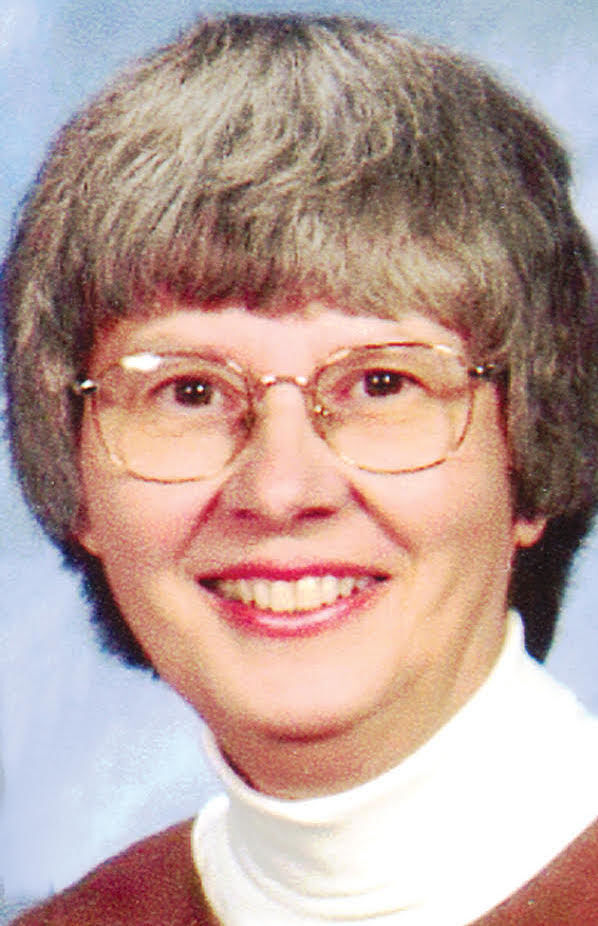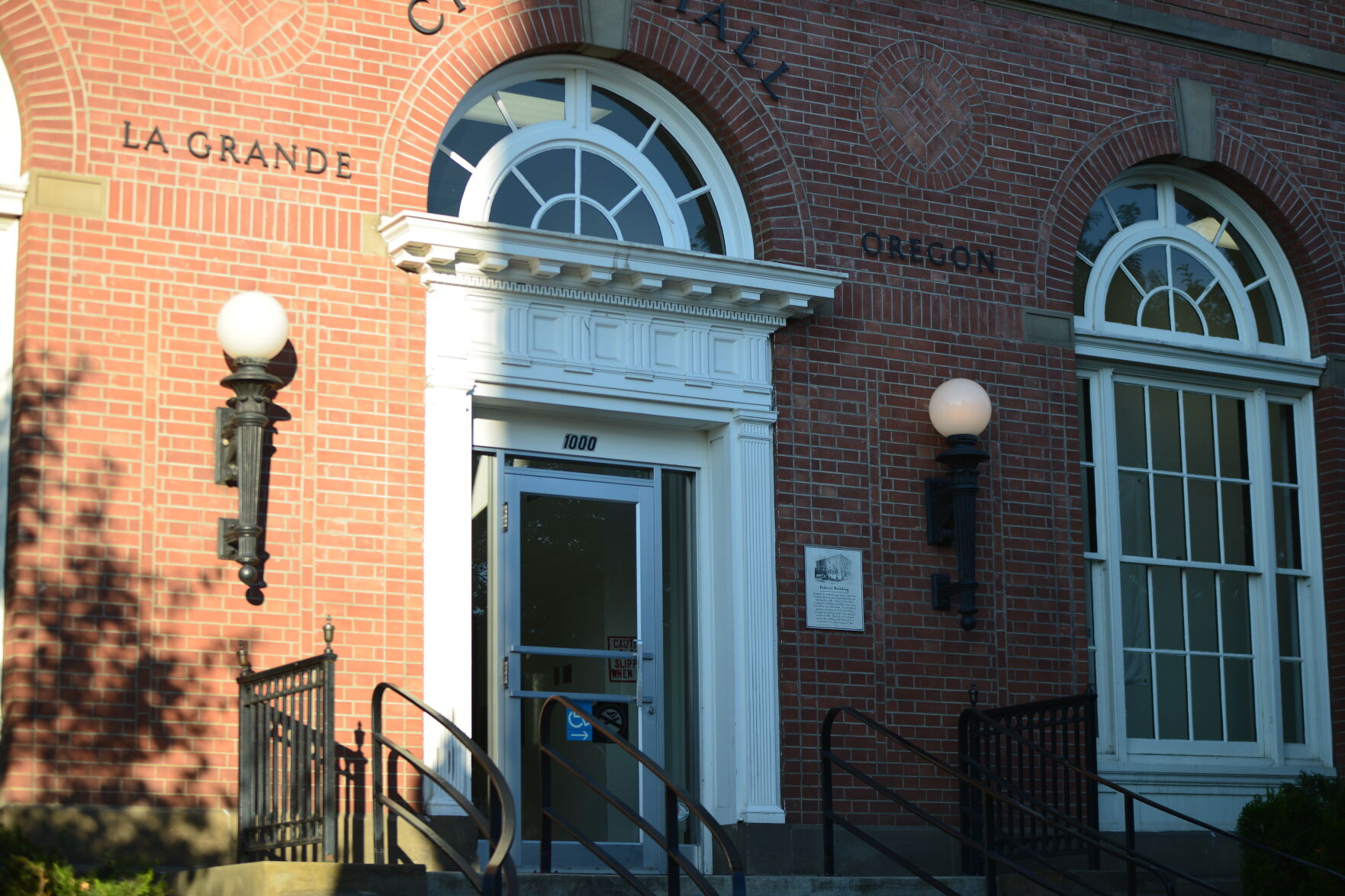Out and about: La Grande’s grocery-attracting street corner
Published 12:22 pm Friday, February 4, 2022

- Mammen
We have now reached the southwest corner of Adams and Fir in downtown La Grande. As mentioned before, the earliest business located at this site was that of John H. Childs, a harness maker called Jack, who listed his address as 1320 Adams in the 1893 City Directory. Likely at that time there were no brick or stone buildings at this location or at 1318 Adams.
Information regarding later construction on either of these two sites is quite elusive. It appears there was just one structure that was built serving both addresses, but I could not find specific information regarding when or by whom it was built. The facade in later years indicated there was some modification for a more modern look before 1922.
The large two-story corner building offered the opportunity to house a single large business or several smaller ones at the street level. This makes for confusion in determining the occupants, but my intent is to show how vibrant and alive this downtown corner of La Grande was in the early 1900s. Over the years grocery stores seemed to gravitate to this area.
According to the 1903 City Directory there was a business, La Grande Cash Store, called Boorey Bros. & Thome, operating at this location. Proprietors were Ferdinand Jack Boorey and Edwin Thomas Thome. Further research found they were in business here as early as 1902 selling dry goods and clothing for the whole family, as well as offering a full line of groceries. This tells us there was a building of substance on the southwest corner of Adams and Fir by 1902.
Because of his health, Thome left La Grande in June 1904 for a new home in Utah. By 1910 Boorey had also moved and was established in the grocery business in Los Angeles.
According to Robert Bull, in his book “Charge It Please,” Dalton’s Cash Store was the occupant of 1318 Adams around 1912 before moving west on Adams close to the Post Office. By September of 1915 the corner of Adams and Fir was home to C.J. Black Grocery, advertised as ‘“The Tru-Blu Grocery.” Previously in the history of 1316 Adams it was noted that Black was a partner with Clarence Cummings at that location and bought him out. He then moved to a new location which just happened to be right next door at 1318.
This corner was most known, however, for the grocery that was in business here from the late 1920s until 1942 when it moved to its new location on Spring Street across from the Presbyterian Church, where it operated for another 30 years. This grocery opened first as the Community Cash Store, later known as Chris’ Food and finally as Hub City Foods, and was operated by M.M. “Chris” Christiansen and Wilda, his wife.
As mentioned before, the building often had two businesses sharing space. It has been difficult to sort out just what business was where or when, but there are some that we do know. For example, Community Cash Store at 1320 Adams shared space in the 1920s and ’30s with M.J. Goss’s Studebaker Dealership at 1318 Adams.
In 1912, when Dalton’s Cash Store moved from 1318, the business replacing it was the L&M Chili Parlor with Louis Trickle as proprietor. When Louis left La Grande, sometime prior to May of 1913, a new shoe-shining parlor moved in offering a complete line of fine tobaccos, cigars and cigarettes. Not wanting to forget the women of La Grande, they advertised that they offered private chairs for the ladies.
As we look at the proprietors involved through the years to get the full picture of just what made La Grande tick, we find a true mix of people who made it happen. Some came for a short period of time and then moved to greener pastures. Some were misfits, but the majority of people involved were people of integrity, hard workers and involved in various community activities.
An example of a misfit was Louis Trickle, who ran the L&M Chili Parlor. The M stood for Mary, his wife. Louis and Mary, who had worked at the German Bakery, left La Grande and moved to Spokane, Washington. In January of 1914 Lewis and Mary went to the theatre. When they returned to the home of Mary’s sister, Mary accused Lewis of eavesdropping on her conversation with her sister suggesting that she was thinking of divorce. Lewis, being a man who disagreed frequently with his wife, went into a rage, took a razor and slit her throat. She was instantly killed. Lewis tried to slit his own throat but didn’t succeed. The Observer later reported that “Trickle was wiping the blood from her face when the police arrived.” He told the police, “I had hoped to get away without doing it, but I had to do it.”
An example of the majority of people was John Henry (Jack) Childs, who was born in 1858 in California. In 1886 he married Laura Stevens in Union County. For more than 30 years he worked hard and not only improved his life, but did the same for La Grande. He started in the late 1800s as a harness maker, he then added contractor to his resume along with house mover.
Jack had a great interest in the relationship of health and septic systems. In 1904 he designed a septic tank for the high school, which meant that La Grande would have the first septic sewerage tank outside of Portland. Later he designed and constructed the main sewer system in Enterprise. He put his bid in to do the one for La Grande but was outbid by a Portland contractor.
Jack had many interests. He later opened a general storage business and because of his great interest in automobiles had an extensive collection of them stored on two levels of this building. He also bought and sold Ford cars.
Jack moved back to California in the late 1910s, and in 1920 wrote to The Observer that he had “sold his automobile business in Salinas, California, and for the present will pick daisies and have a rip-roaring time in his own sweet way.” Jack died in 1925 at the age of 67.
The building at the southwest corner of Adams was another piece of history lost in 1973 when it was demolished for the First Interstate Bank.
Keep looking up! Enjoy!





